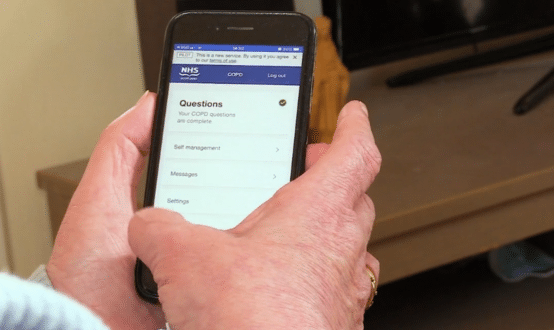What is in store for QoF?
- 21 April 2009
 |
| Prof Helen Lester |
Love it or hate it the Quality and Outcomes Framework is a key part of daily life for every practice in the UK as well as accounting for roughly a third of GPs’ income.
When changes are planned primary care, therefore, get nervous. However Prof Helen Lester, the GP in charge of the latest overhaul, is reassuring.
In an interview with EHI primary Care she says: “April 2011 is when the new indicators will be implemented and we are more than confident that they will be successful.”
Prof Lester is leading a collaboration between the National Primary Care Research and Development Centre, York Health Economics Consortium and the Royal College of GPs which was selected this month by the National Institute for Health and Clinical Excellence (NICE) to carry out an extensive review of the QoF indicators.
Prof Lester is deputy director of the NPCRDC which has been working for more than a decade in the UK on developing indicators to judge the quality of general practice work. She is also no stranger to the QoF as the former chair of the QoF indicator expert advisory panel.
The group she will lead will review all existing indicators and support the development of potential new indicators which will crucially be piloted before they are added to the national QoF. Lack of robust evidence behind QoF indicators has been one of the main sources of criticism of the scheme.
Last year as part of an internal paper to the Department of Health the NPCRDC highlighted the importance of piloting indicators.
Prof Lester says work will start on October 1 with potential indicators piloted in six months by 30 practices with a variety of locations, list sizes and patient profiles followed by a further pilot in April 2010 involving another 30 practices.
Prof Lester says her role will be to “make this all happen smoothly and on time.” Any indicators recommended by the review group will be passed to NHS Employers and the BMA’s General Practitioner Committee for negotiation as additions to the QoF.
Another criticism of the QoF in the past has been the short turnaround times for the IT to support any changes with Read codes for indicators sometimes arriving months into the QoF year.
Professor Lester’s told EHI Primary Care that a big difference from her previous involvement on the indicator expert advisory panel is that the new advisory committee is “much keener to work closely with the NHS Information Centre.”
She says: “The relationship with the IC is being discussed this month with NICE. We have requested that it be a close working relationship and from the beginning of the indicator development process to ensure that new indicators work across IT systems and that the business rules work.
“We have had a close link with the Information Centre all the way through the process as it is part of our tender. IT can no longer be a last minute bolt-on like it has been before. Since the switch of ownership to NICE everyone is realising the importance of this.”
Before Professor Lester and her team were awarded the contract concerns were raised by GPs that the new QoF would be imposed on general practice from the outside.
Professor Lester argues that a team led by GP academics and the RCGP means that the profession can have real confidence that the new indicators will be relevant and appropriate.
She said: “The importance of the review not being led by private consultants is absolutely fundamental.
“The people involved need to have a true understanding of primary care. We have the ability to identify what is a complete waste of money and an understanding of what really works.”
NICE appear to have recognised this quality when choosing the team that will lead the review.
Professor Lester continues: “NICE have been very discreet about the contract, we don’t know who else went for it but we are pretty certain that we were the only primary care bid, so we are very proud that this was seen in a positive way and not negative.”
Within the collaboration the NPCRDC and the York Health Economics Consortium will take on different tasks. The job of the NPCRDC will be to develop a rolling programme of reviews of existing indicators and advise on threshold setting and points for new and existing indicators.
The York Health Economics Consortium will primarily work on the clinical and cost effectiveness of the indicators using economic methods developed by York and East Anglia Universities.
Professor Lester acknowledged that there may be some concerns by GPs about the review of the indicators but remains confident that the outcome will address those concerns.
She adds: “From what I’ve read in the press GPs are understandably guarded in relation to the review but also seem to welcome it. However, we need to be judged on our results as this is a very distinct process. We’ve got a very ‘proof is in the pudding’ attitude.”




